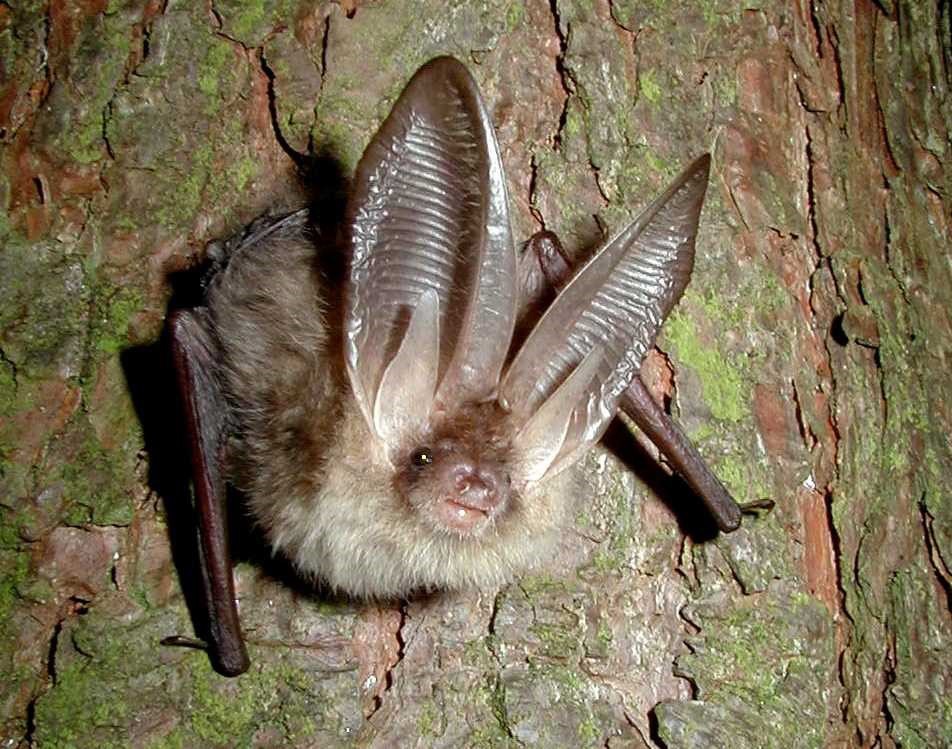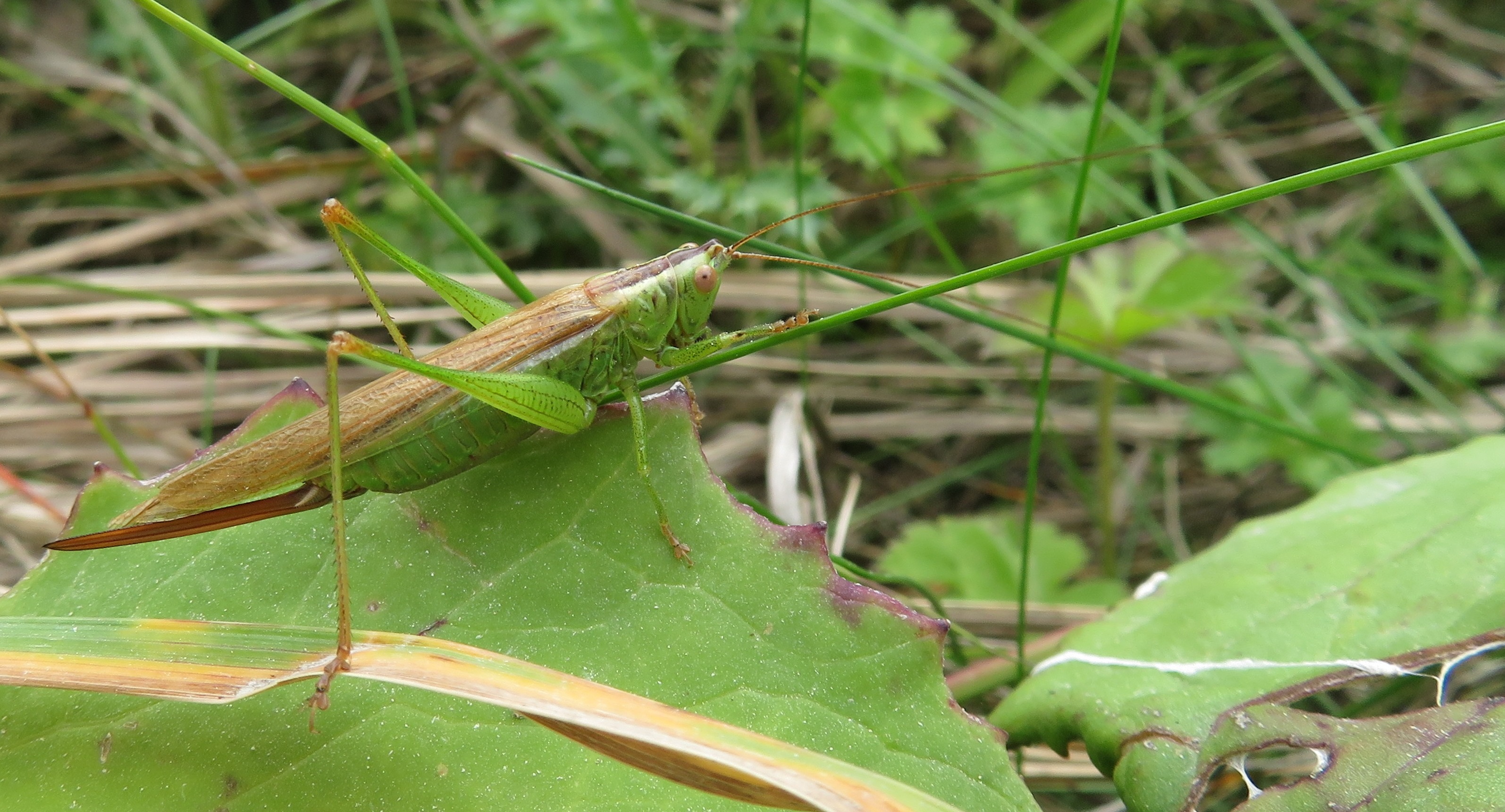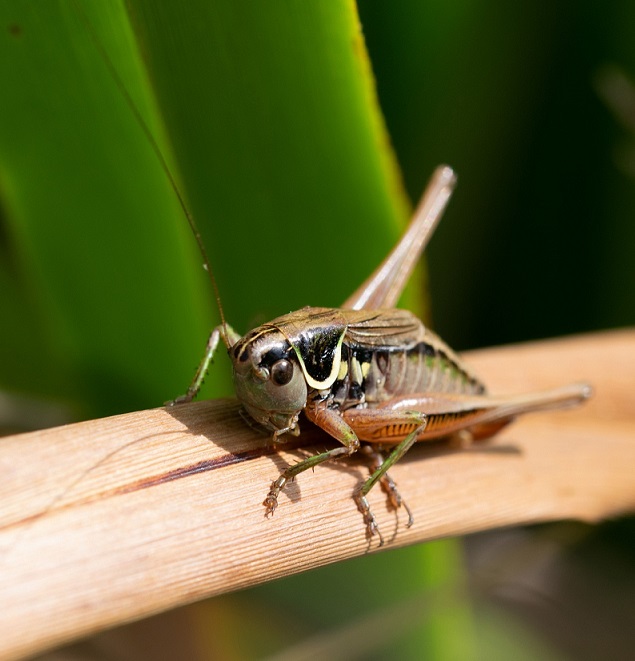A citizen science project that saw members of the public place ‘wildlife acoustic detectors’ within the River Rye catchment of the North York Moors National Park and Howardian Hills National Landscape made an incredible 390,000 confirmed recordings of bats between May and September this year.
 At least eight bat species were confirmed, with the Common Pipistrelle topping the chart at more than 200,000 recordings. Alongside bats, the study picked up several other mammals and insects, including a species of bush cricket never previously documented by the survey.
At least eight bat species were confirmed, with the Common Pipistrelle topping the chart at more than 200,000 recordings. Alongside bats, the study picked up several other mammals and insects, including a species of bush cricket never previously documented by the survey.
The Ryevitalise Landscape Partnership Scheme is led by the North York Moors National Park Authority and supported by The National Lottery Heritage Fund. It is working to conserve and enhance the River Rye catchment area and reconnect people with its wildlife, landscapes and history.
Since 2020, the project has been working with a dedicated group of volunteers and citizen scientists to conduct bat monitoring. Anyone can sign up to collect the equipment and set it up in a pre-arranged location where it is left for four nights. The devices are triggered when they detect ultrasound, such as the echolocation calls of bats, but also noises from certain other animals, including shrews, rats, moths and crickets. These ‘accidental’ recordings are still analysed and identified by the researchers to allow them to spot any patterns or changes over time.
In return for their work, volunteers receive information about which species were recorded during their study and the results are added to both the Ryevitalise Partnership project and to national research led by the British Trust of Ornithology (BTO).
Toby Panter, Ryevitalise Conservation Field Officer said:
“This year has been our biggest survey to date, covering 141 different locations in the River Rye catchment and recording over 144 different nights between May and September. It’s great to see strong results for species such as the distinctive brown long-eared bat and for Daubenton's bat – known as the water bat due to is preference for hunting insects over rivers.”
 “As well as bats we recorded two different shrew species, and making its debut this year was Roesel’s bush-cricket, which was heard in not just one, but four locations and across eight different nights.”
“As well as bats we recorded two different shrew species, and making its debut this year was Roesel’s bush-cricket, which was heard in not just one, but four locations and across eight different nights.”
Crickets first made an appearance in the survey in 2022, when the ‘Long-winged Conehead’ cricket was detected in two locations. The fact that the Long-winged Conehead was found again in 2023, alongside a second new cricket species for the area, suggests the national distribution of these insects is undergoing a significant change.
 Data from the North York Moors National Park supports other studies and observations which have reported cricket populations spreading northwards.
Data from the North York Moors National Park supports other studies and observations which have reported cricket populations spreading northwards.
Before the 1980’s, Roesel’s Bush-cricket was only found at a small number of marshy sites in the east of England, however it has since spread rapidly inland and in all directions. The Long-winged Conehead was once considered so rare in Britain it featured on the Red Data List but is now quite common in southern and eastern England.
It is widely accepted that climate change is responsible for the recent success of these species, although an increase in uncut road verges and other scrubby grasslands may have helped the spread.
Toby continued:
“The only slight disappointment is that we didn’t hear our rarest species, the Alcathoe bat this year, but they’re very much known for being an elusive and mysterious species. There’s always an element of luck required in these surveys, and we hope to hear it again in 2024.
“It’s fantastic to be building up this picture over time of both bat species and other wildlife present in the Ryevitalise project area. Such data can help guide future conservation decisions, such as where we should be building bat boxes, increasing food sources, or improving habitat connectivity for other species.”
For more information, please visit northyorkmoors.org.uk/ryevitalise
ENDS
Media contacts
Nina Beadle
Communications Officer, North York Moors National Park Authority
press@northyorkmoors.org.uk
01439 772700
The North York Moors National Park
The North York Moors is a beautiful landscape of stunning moorland, ancient woodland and historic sites. Created on 28 November 1952, it became Britain’s sixth national park. Covering an area of 554 square miles (1,436 square kilometres) the National Park has 26 miles of coastline, two national nature reserves, 840 Scheduled Monuments and over 3,000 listed buildings, attracting an estimated 8.4 million visitors a year.
The National Park has two visitor centres, Danby Lodge National Park Centre and Sutton Bank National Park Centre, providing opportunities for cycling, walking, eating, picnicking, shopping, crafts and wildlife-watching. The centre in Danby also houses the Inspired by… gallery, which features regularly changing exhibitions by artists who draw their inspiration from the North York Moors.
About The National Lottery Heritage Fund
Our vision is for heritage to be valued, cared for and sustained for everyone, now and in the future. That’s why as the largest funder for the UK’s heritage we are dedicated to supporting projects that connect people and communities to heritage, as set out in our strategic plan, Heritage 2033. Heritage can be anything from the past that people value and want to pass on to future generations. We believe in the power of heritage to ignite the imagination, offer joy and inspiration, and to build pride in place and connection to the past.
Over the next 10 years, we aim to invest £3.6 billion raised for good causes by National Lottery players to make a decisive difference for people, places and communities.
heritagefund.org.uk
Follow @HeritageFundUK on Twitter, Facebook and Instagram and use #NationalLottery #HeritageFund
